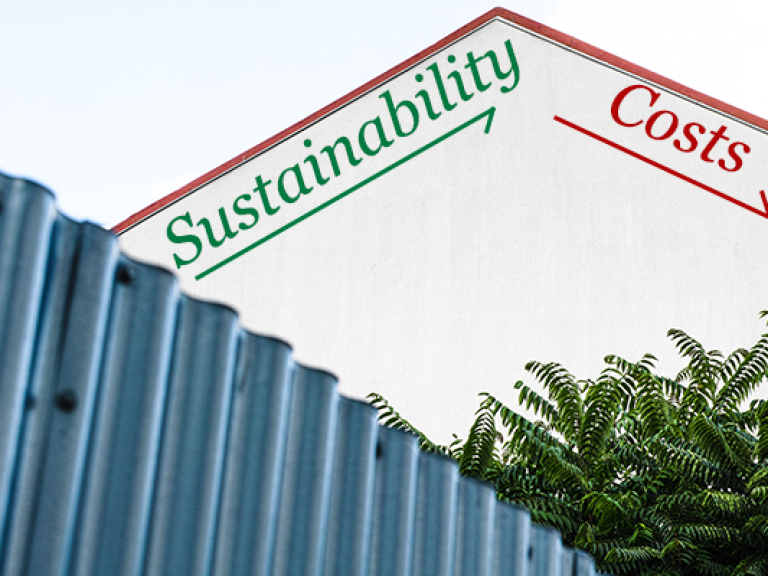
Different types of funding
There are four basic types of funding used in property transactions:
• Angel funding – a wealthy individual or syndicate lends you the money, partly unsecured, that is, above the value of the total assets. They may do this on the promise of getting super returns (30 per cent+ per annum). Also called venture or risk capital.
• Traditional funding – bank or institutional funding. This may range from 50–95 percent of the value of the security.
• Mezzanine funding – ‘top up’ funding used in real estate projects. Where a traditional bank has loaned 70 percent, say, a mezzanine funder may loan another 20–30 percent (on higher rates of interest).
• Public funding – going to the public, under the provisions of the Managed
Investments Act 1998 to raise funds for a project you wish to undertake.
Let’s start with traditional funding.
A Mortgage
When it comes to property, banks and other lending institutions lend on a mortgage security. A mortgage is a registered charge against real estate, whereby if the borrower defaults on the loan, the lenders can exercise their right to take possession of the property and sell it in order to recover their debt.
Most people measure their bank or lending institution by its fees and charges. When would-be borrowers are shopping for a loan, they try for the lowest interest rate or the lowest fees. This is okay when you’re buying your own home, but there are other considerations to take into account if you’re choosing a lender for investment property or property trading.
The most important factors to think about when borrowing for investment property are:
• Your borrowing capacity, as defined by the lender. You need to select a lender that will allow you to leverage your investment as much as possible.
• The valuation of the property on which you’re borrowing as defined by the lender. You need to ensure that the property is valued accurately at market value since the lender’s valuation is what determines your equity in the property.
• Your primary purpose which is wealth building. Selecting the right source of finance for your investment portfolio will be integral to your capacity to build wealth.
Structuring your borrowing will also be important. You need to establish with your lender from the outset that you intend to use the increased equity on a property to build an investment portfolio or whatever your plan is. Most of the important questions and decisions flow from there.
Keep it clear
Two important points are worth noting when contemplating taking out a mortgage on an investment property:
• Avoid ‘cross-collateralisation’ where the lender uses all properties mortgaged with it as security for your outstanding loans. You need to find a lender who will advance the highest proportion of the property’s purchase price (a high loan value ratio or LVR) without requiring the use of another property, or the family home, as additional collateral.
• Look out for ‘all monies’ clauses, whereby the lender is allowed to secure ‘any’ outstanding loans you have with them (home loan, credit card, personal loan, overdraft and so on) against the value of the mortgaged property – whether they have advised you of this directly or not. This may mean financing your investment property with a different lender to the one that holds the mortgage on the family home and other accounts.
These points are important in order to keep your investments separate from your other assets. Should there be a problem with one of your properties (or your own credit cards) at any time, your equity in other properties – and your own home – will be protected.
Manage your cash flow
There are two further points to bear in mind when comparing mortgage options:
• Maximum tax deductions are based on interest-only loans, as opposed to principal and interest (P & I) loans, because only interest payments are tax deductible. Banks aren’t always enthusiastic about this, as they prefer some principal to be paid off, but as you’ll find, wealth building is about managing your cash flow. Where you have an opportunity to minimize your cash outlays, do it as this allows you to invest further, earlier. If you do have any spare cash, use it to pay off the principal on your home loan.
• If you took a P & I loan for $150,000 over 25 years, in the first five years you would repay $11,589 or about seven percent of the loan. This would affect your cash flow by $48 per week (of your after-tax dollars) which is money that could otherwise have been ploughed back into investment.
• Managing cash flow is more important than securing the lowest interest rate! My advice is to lock in your loan at the best rate you can find, for as long as you can. You don’t have to be in the business of interest rate forecasting to do it. If interest rates are at five percent and you can lock in for five years, do it. It’s not going to be of tremendous consequence if they fall to four percent – you were happy with five percent so live with it. As a worst-case scenario, if you are locked in at five percent for five years, you could come out of the lock-in period with interest rates at ten percent but as interest rates increase, so do rents, and so does the value of the property.
Getting informed
If you’re starting from scratch in the mortgage market, there are a lot of different products and strategies to choose from. If you want to keep up-to-date with mortgages in general, it may be worth checking out:
• Your Mortgage magazine – available from newsagents, or on the internet at www.yourmortgage.com.au. It provides up-to-date information on interest rates and home loans in Australia plus tips on paying loans off faster.
• A local mortgage broker – who will generally give an obligation-free consultation on a wide range of available products. Make sure the broker is independent and not ‘tied’ to a particular lending institution.
• Invest loan – our own brokerage, which specializes in property investment loans. Check out our website: www.investloan.com.au.
Example
On some of my earliest deals, I made an application for a loan after I had signed a contract to purchase the house! I once purchased a house and put down a one percent deposit on the contract, asking the bank for 95 percent. The bank approved me to 95 percent – and three or four days prior to the settlement I went to another bank and got a personal loan for the other 5 percent of the purchase price – inclusive of stamp duty. I, therefore, borrowed 100 percent – from two banks.
Today, banks want to see some sort of saving ability, to see where the deposit has originated from – but that doesn’t preclude you getting a personal loan and using that as part of the equity for acquisition. Your security comes from owning equity in a property, which grows over time – and with every improvement, you’re able to make to the property, as its market value rises. Don’t be afraid to take sound advice, plan your exit strategy with care – and then be a little bit bold.
>>> Coming Next: Working Out Your Borrowing Capacity
Please note: This is an extract from the Success From Scratch– it may not contain the exercises from the full version of the book/audioset, for full version please contact us or follow our blog for more.
Thank you,
The team@Custodian








